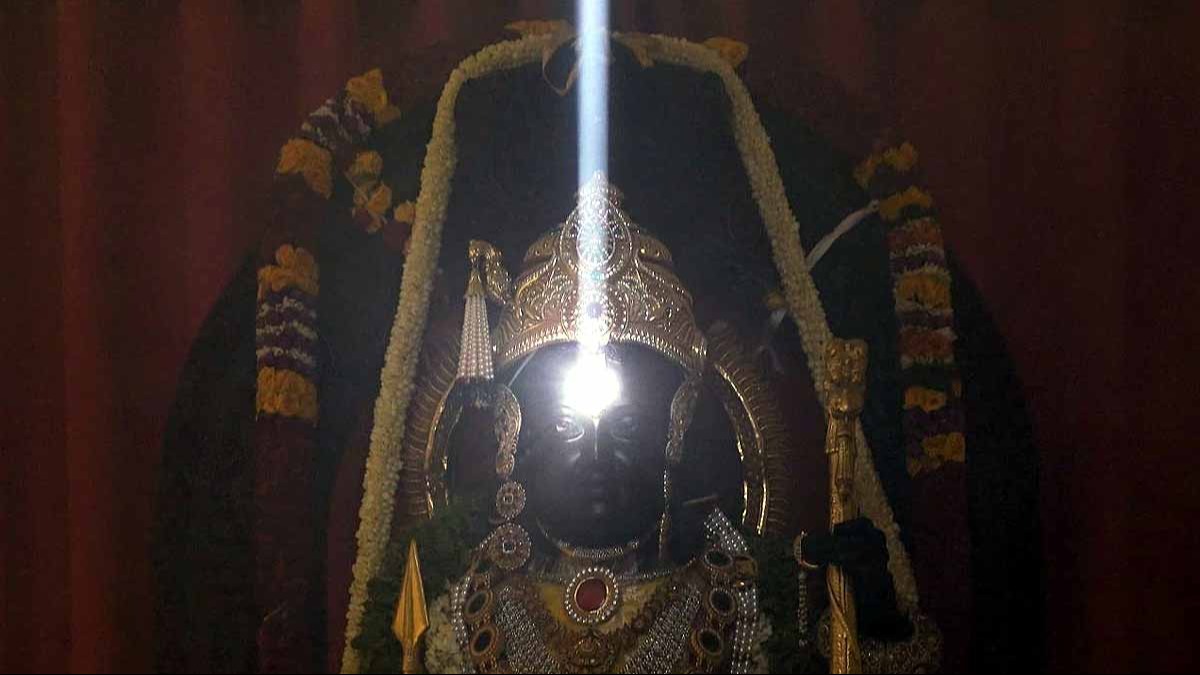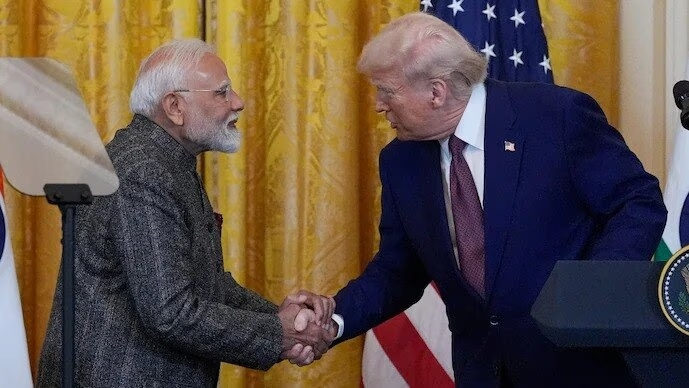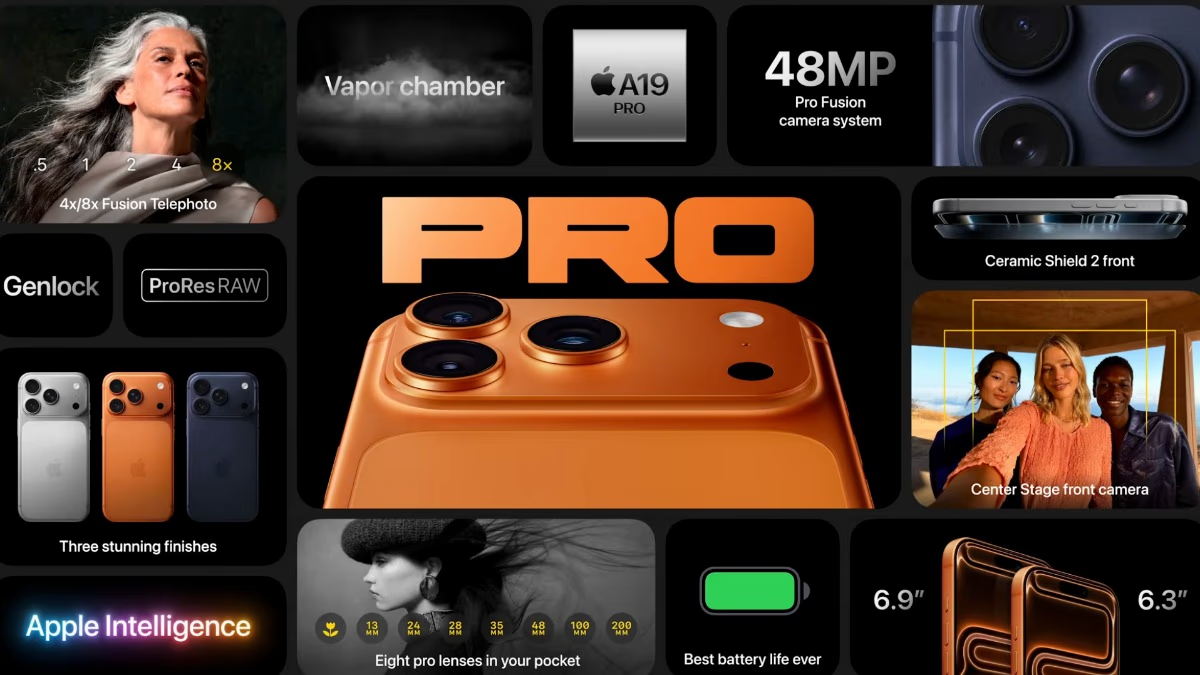A distinguished scientific institution in Bengaluru, the Indian Institute of Astrophysics, was approached during the temple's construction. The task given was to arrange for the sunlight to fall directly on Lord Shri Ram's forehead precisely during Ram Navami. This is the same institution whose scientists, in collaboration with ISRO, launched Aditya-L1 to study the sun.
The first-ever Ram Navami at Ayodhya saw special worship enacted in Vedic tradition. This time, scientists harmoniously combined tradition with technology, creating a solar marking on Lord Shri Ram's forehead through an intricate optical mechanical system devised by a dedicated team from IIA.
Scientists meticulously tracked the sun's pathway to ensure its beams would grace exactly at noon on the deity’s forehead in the temple which is yet to be fully constructed, hence the planning was based on the current structure.
The system, for now, is temporary, comprising four lenses and mirrors precisely calibrated to direct sunlight onto the midpoint of Lord Shri Ram's forehead during the festival and will become a permanent feature upon temple completion, ensuring the celebration of this cosmic event every Ram Navami.
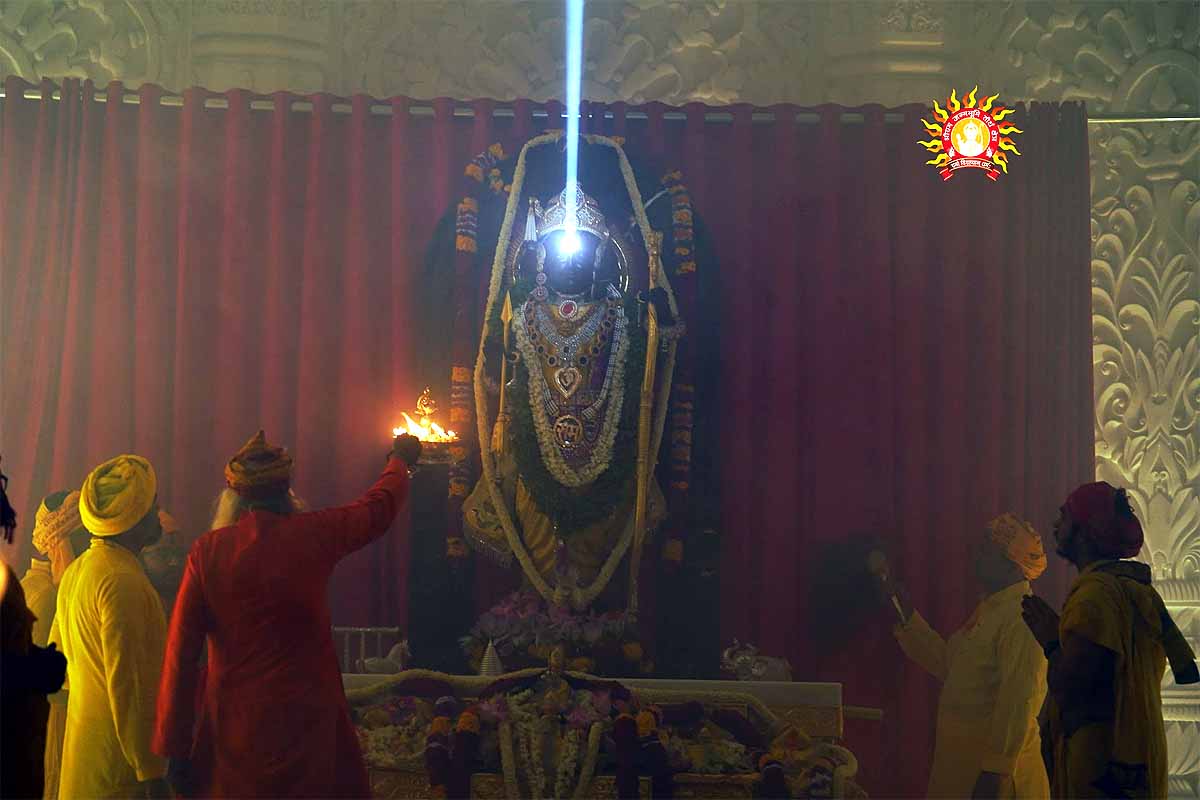
Source: aajtak
An insightful peek into how the optical mechanical system functions: By focusing and directing the light through lens and mirror setups, scientists are able to concentrate intense solar beams onto a chosen location. The IIA team harnessed this principle to accomplish the focused solar tilak on the deity's forehead.
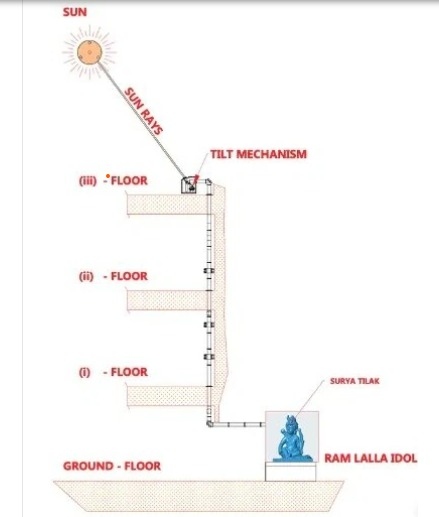
Source: aajtak
Every year henceforth during the Chaitra Ram Navami festivities, scientists plan to use this technology for the ceremonial solar mark. Appreciation was extended by the Scientific and Technological department of the Government of India who praised IIA scientists for their commendable effort in achieving a complex task under the current temple construction conditions, anticipating a permanent setup in the fully constructed temple.
